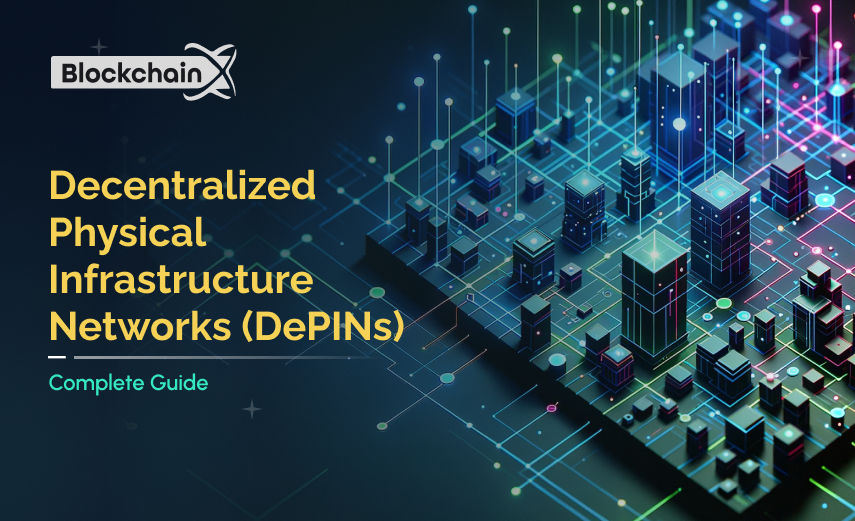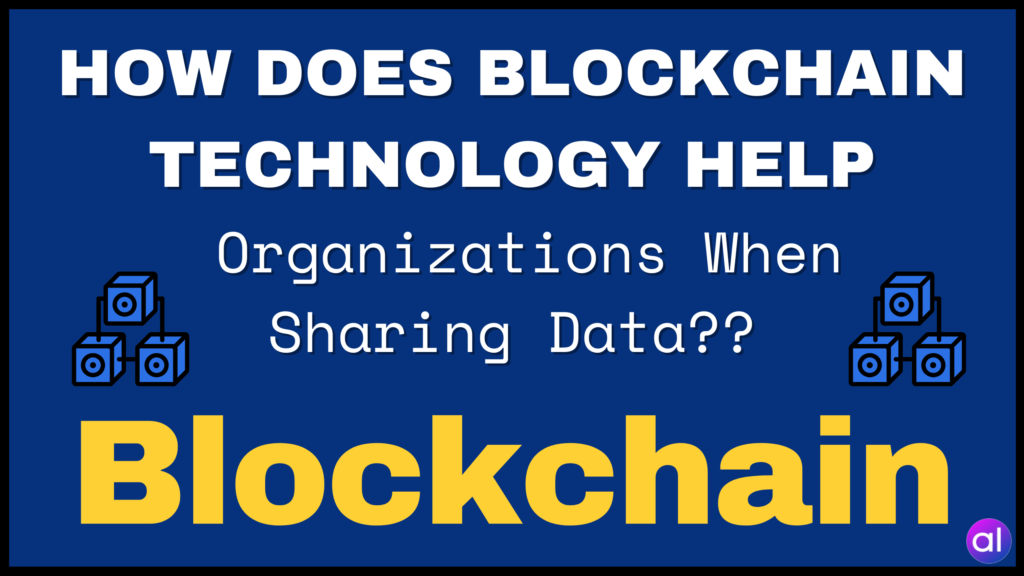
Listen to the Audio :
The rise of blockchain technology has reshaped the digital landscape, introducing decentralized finance (DeFi) and non-fungible tokens (NFTs). However, decentralization is no longer a term that could be remotely associated with the digital world. What comes next is the interesting concept of Decentralized Physical Infrastructure Networks or DePINs.
An innovative concept that merges blockchain technology with the real world’s physical infrastructure such as energy grids, transportation systems, and communication networks. Thus, the DePIN blockchain solution becomes a bridge between the digital and physical worlds, incentivizing users in terms of tokens available for provision, new chances of innovation, security, and efficiency.
Messari, the leading research firm in crypto, claims that TAM for DePINs will be at $2.2 trillion with growth up to $3.5 trillion by 2028. If you wish to create DePIN solutions, then you must partner with a leading DePIN development company. Such specialists will be in a position to provide you with the right direction to get the most from DePIN technology, which may produce radical changes in how you organize and interact with physical assets in a decentralized network.
In this guide, we take you through the basics of DePIN networks, what this means for industries, and what the future perspective on decentralized infrastructure management looks like.
What is Decentralized Physical Infrastructure Networks (DePIN)?
A Decentralized Physical Infrastructure Network (DePIN) is an innovative system that uses blockchain technology to manage, share, and operate physical infrastructure without the need for central authorities. Decentralized Physical Infrastructure Network cuts the power being held by large corporations that dominate usual resource controls such as energy grids, transportation systems, and data storage systems.
A Decentralized Physical Infrastructure Network allows people and communities to have more proactive participation in the management of these networks. It makes the process more inclusive and resilient in the development of infrastructural facilities.
DePIN Development empowers people to manage and share physical resources in a decentralized manner without control by a central authority. It forms a decentralized ecosystem that moves forward on the participative consensus of the individuals in it.
Contributors using the DePIN technology can share physical assets such as servers, antennas, or other infrastructure. Participants receive token rewards for contribution, creating an open and secure space with collective resource control. Every action, transaction, or resource-sharing activity is recorded and can be verified on the DePIN blockchain.
By decentralizing control, DePIN development could easily accommodate more innovation and lower costs while opening access to sectors such as telecommunications, energy, and transportation. DePIN networks deliver core services that are even more efficient and democratic. Developing with a DePIN development company ensures embracing this impactful technology.
How Do Decentralized Physical Infrastructure Networks (DePINs) Work?
DePINs leverage the combination of physical hardware, decentralized networks, and crypto rewards to establish a new kind of infrastructure model. Through blockchain technology and smart contracts, they enable people and organizations to work with and manage physical infrastructure in a decentralized manner.
The hardware nodes that make up the core of a Decentralized Physical Infrastructure Network include sensors, hotspots, routers, and computing devices. This moves the network closer to the physical world, allowing participants to own and run parts of it like a community manages its utilities.
The network retains transparency and immutability of every transaction and interaction through the protocols of the DePIN blockchain.
Smart contracts enable the sharing of rewards among participants and conducting transactions within the network. Peer-to-peer networking protocols reduce control concentrations, ensuring a more decentralized system. Contributing resources in the DePIN network automatically rewards participants, fueling growth and scalability for the system.
Security is ensured in the DePIN technology through encryption for sensitive information. This revolutionary technology can be used to develop and scale decentralized infrastructure through a partnership with a leading DePIN development company.
Use Cases of Decentralized Physical Infrastructure Networks

Decentralized Physical Infrastructure Networks are transformative platforms that enable sectors with DePIN technology and blockchain-based solutions. Here are some key applications of Decentralized Physical Infrastructure Networks across different industries:
Energy Distribution
DePINs have transformed energy distribution by allowing users to participate in the network and allocate energy grids like solar panels in return for tokens. Distributed solar energy home consumers can sell excess energy they generate to neighbors using the DePIN blockchain, eliminating the need for central facilities and increasing efficiency in energy delivery.
More contributing grid users receive incentives in the form of tokens to increase infrastructure and network capacities.
Healthcare Innovations
The health sector can benefit from DePIN technology by enabling decentralized healthcare services such as remote patient monitoring, telemedicine, and secure record sharing. Participants can distribute resources and services in a decentralized network and receive tokens for it, ensuring confidential health information sharing through secure facilities.
How BlockchainX Drives Innovation in DePIN Development
BlockchainX is dedicated to transforming the decentralized physical infrastructure network landscape through comprehensive support for DePIN development. We combine technical expertise with the unique demands of decentralized infrastructure to design systems that enable secure, scalable, and transparent decentralization of physical assets.
As a leading DePIN blockchain development company, we assist organizations in navigating the complexities of DePIN blockchain and creating customized solutions tailored for efficiency and reliability in decentralized infrastructures. Our experience ensures smooth integration of physical infrastructure into decentralized networks, improving resource allocation, data integrity, and distributed governance.
Through our end-to-end development services, we deliver robust, decentralized platforms that foster secure and scalable growth. By partnering with BlockchainX, organizations can fully realize the potential of decentralization and stay ahead in the ever-evolving technological landscape.



